Kinesiologists
Understanding human movement at a scientific level opens new avenues for both injury prevention and orthopedic recovery. Kinesiologists study how muscles, bones, and joints interact during physical activity, providing essential insights that guide therapeutic intervention, performance enhancement, and biomechanical correction. Their role has expanded significantly in orthopedic care, where nuanced analysis of motion can reveal underlying causes of pain, instability, or recurring injuries.
Kinesiologists contribute across a spectrum of orthopedic applications, from designing prehabilitation routines that prepare patients for surgery to crafting rehabilitation programs that promote efficient movement post-intervention. They often use motion capture systems, force plates, and wearable technology to analyze gait, posture, and limb kinetics, providing data-driven solutions that inform surgical decisions or therapeutic strategies. Their work is particularly valuable in sports injury management, spinal alignment correction, and chronic joint condition mitigation. By integrating movement science with exercise physiology and behavioral coaching, kinesiologists ensure that patients not only heal but also move more efficiently and safely over time. They also collaborate with orthopedic surgeons, physical therapists, and prosthetic specialists to optimize functional outcomes. Their knowledge bridges the gap between clinical treatment and real-world motion, empowering individuals to maintain long-term joint health and physical vitality beyond the rehabilitation period.
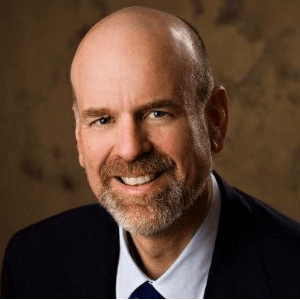
Stephen S Tower
University of Alaska Anchorage, United States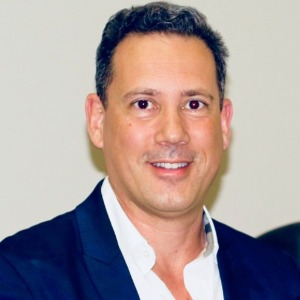
Marcos Brioschi
American Academy of Thermology, United States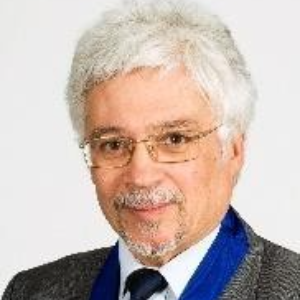
Wagih El Masri
Keele University, United Kingdom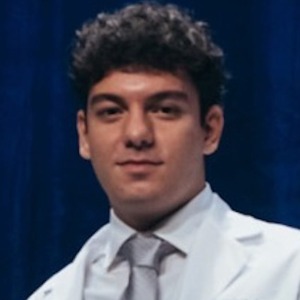
Arif Akkok
Lake Erie College of Osteopathic Medicine, United States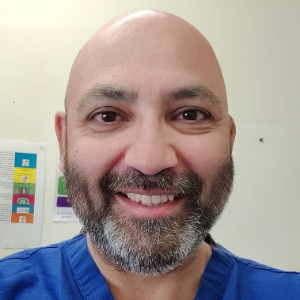
Akash Ganguly
Warrington and Halton Hospitals NHS FT, United Kingdom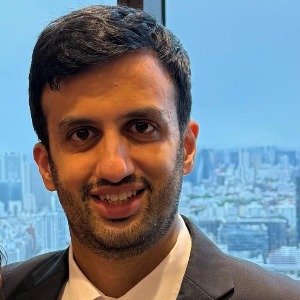
Sajid Ali
The Dudley Group NHS Foundation Trust, United Kingdom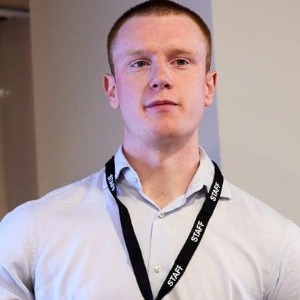




Title : The UK profemur recall and implant cobaltism
Stephen S Tower, University of Alaska Anchorage, United States
Title : The tomographic phenotype and the genotype of wormain bones
Ali Al Kaissi, National Ilizarov Medical Research Center for Traumatology and Orthopaedics, Russian Federation
Title : New treatment of muscle contracture and joint contracture through muscle regeneration with mitochondrial dynamics
Ki Ji Lee, Busan Medical University, Korea, Republic of
Title : New treatment of sarcopenia through muscle regeneration with mitochondrial dynamics
Ki Ji Lee, Busan Medical University, Korea, Republic of
Title : The prevalence and association of self-reported depression symptoms with musculoskeletal pain and quality of life among pregnant women
Youssef Masharawi, Tel Aviv University, Israel
Title : Bipolar hemiarthroplasty under local anesthesia (2%)
Ketan Karabhai Parmar, Aayush Multispecialty Hospital, India